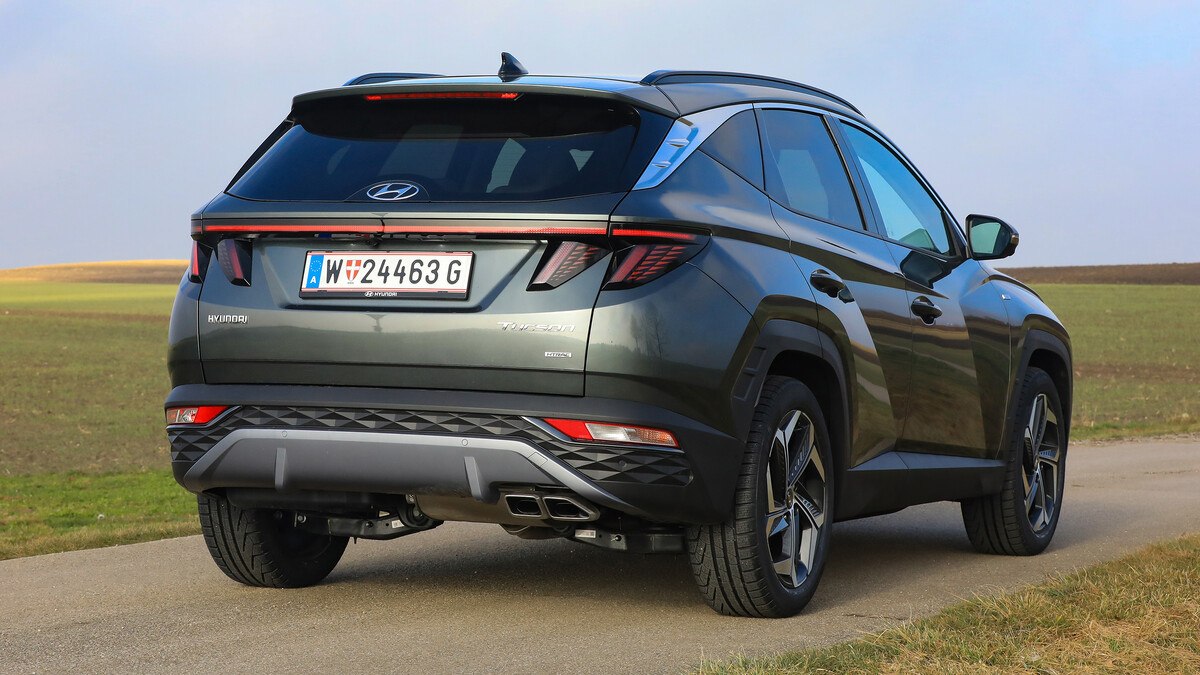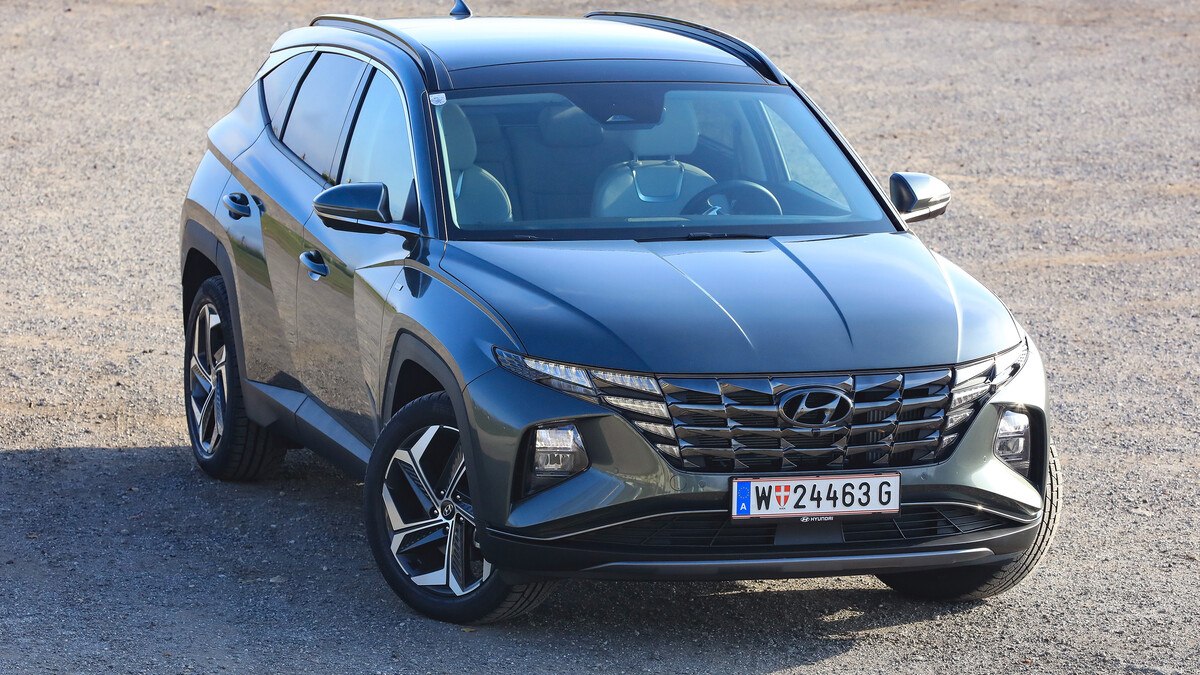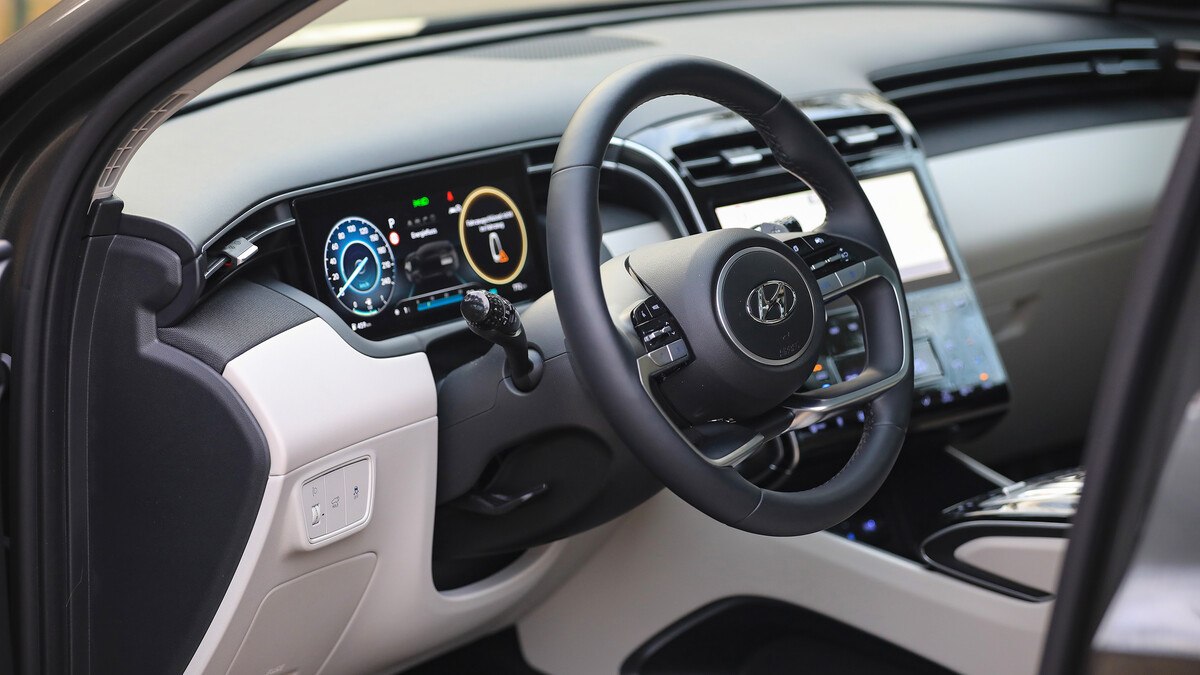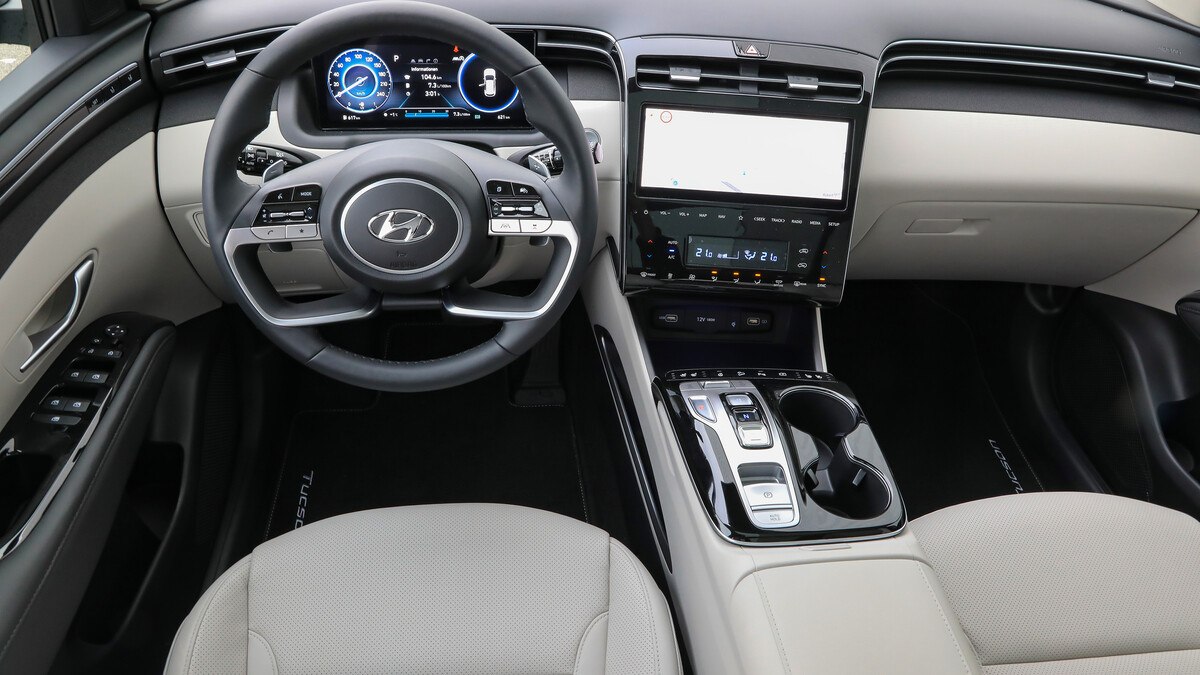New Tucson - Hyundai wants premium customers
Hyundai presents the new Tucson. The Korean bestseller is now oriented more towards premium. We did the first test drive.
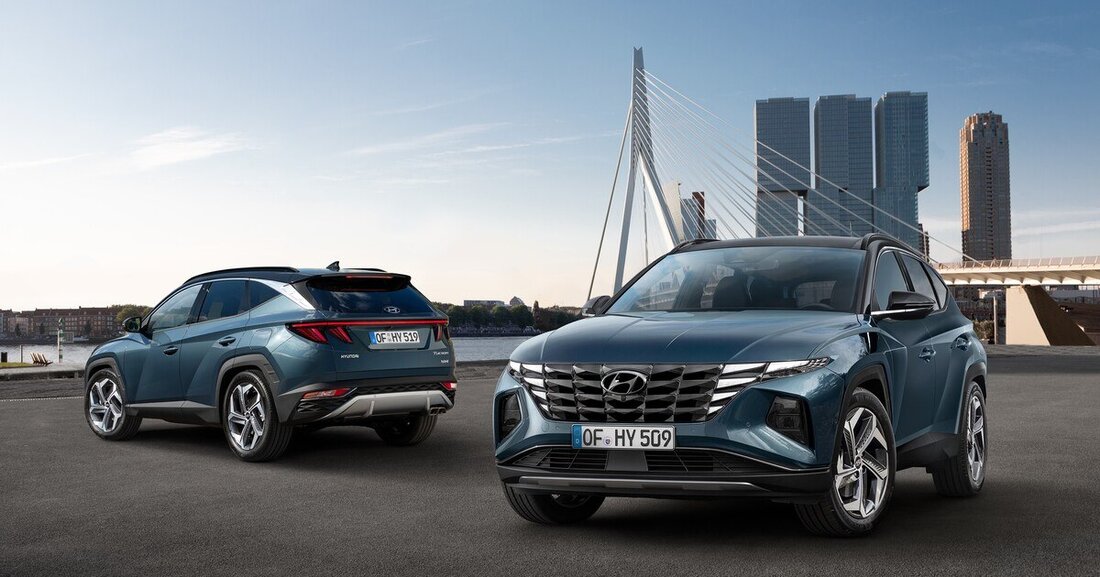
New Tucson - Hyundai wants premium customers
The Hyundai Tucson has been on the market since March 2004. Yesterday Hyundai presented the new fourth generation Tucson. Since then, over seven million Tucson units have been sold worldwide to date. The catchphrase of the new generation is: parametric design. The term is known from the architecture sector. A very obvious new design element is the fusion of the grille with the headlights. If the headlights are off, you can't see them.
If you look at the new Tucson, you can immediately see that the design language is very modern, innovative and not necessarily classic. Roland Punzengruber, Managing Director Hyundai Austria, speaks of a “massive quality upgrade” in the new model. Hyundai's path with the Tucson is very clear: "With this model we are taking a big step towards premium," says Punzengruber. A few small details: two over 10-inch touchscreens in the interior, most safety features in its class (according to Hyundai), a hidden rear window wiper, a Hunydai glass logo and: all drive variants are available as either front-wheel or all-wheel drive. Except for the plug-in hybrid, which is only offered as a 4×4.
Interesting detail: The new Tucson PHEV will go on sale at home in April 2021 and will be positioned specifically for the fleet sector and business customers. The low CO2-Emissions (unofficial 39 g/km) makes it possible.
The starting price has increased significantly compared to its predecessor at 32,990 euros. Three equipment lines are available: Smart, Trend and Prestige Line.
First driving impression
We were able to use the new one todayHyundai Tucsontest it, we have it1.6 T-GDI Hybrid Automatic 4WDin theTop equipment Prestige Line selected (test car base price48,990 euros). The key data: 230 hp system output (180 hp gasoline engine, 1.6 liter four-cylinder, 265 Nm torque) + electric motor (max. 60 hp). The all-wheel drive switches on automatically – if necessary. It's not a permanent all-wheel drive. Shifting is done via a 6-speed automatic converter. The dead weight - depending on the equipment - is 1.6-1.75 tons - the new Hyundai Tuscon is an impressive car.
Hyundai wants to win premium customers here - the new Tucson could do that. Because the choice of materials, the workmanship, the space, the leather seats, the beautiful panoramic glass roof (1,290 euros surcharge), the reversing and lane change cameras, etc. suit the requirements. The equipment is overflowing and definitely puts the Tucson in the upper middle class.
The driving behavior is extremely confident: step on the gas and the hybrid SUV pulls forward firmly. Up to 60 / 70 km/h you are fully involved. The passage is a bit difficult, but the Tucson doesn't want to be a sports car, but rather a modern, comfortable all-rounder. We weren't able to test its off-road capabilities, but on the road the new Tucson presents itself as a smart cruiser with a green conscience, enough power reserves and great space. What's missing: The head-up display, although you basically get enough information on the two 10.2-inch displays. And what we noticed: If you step on the accelerator and then suddenly go down again, the engine braking effect only takes effect after a delay - the Tucson pushes forward minimally. If you drive in a relaxed manner, this is hardly noticeable.
Conclusion:Hyundai has done a lot right with the current Tucson and has created a very unique car. The premium claim is not a marketing insult, but a serious statement that was fulfilled during the first rollout.

 Suche
Suche
 Mein Konto
Mein Konto

